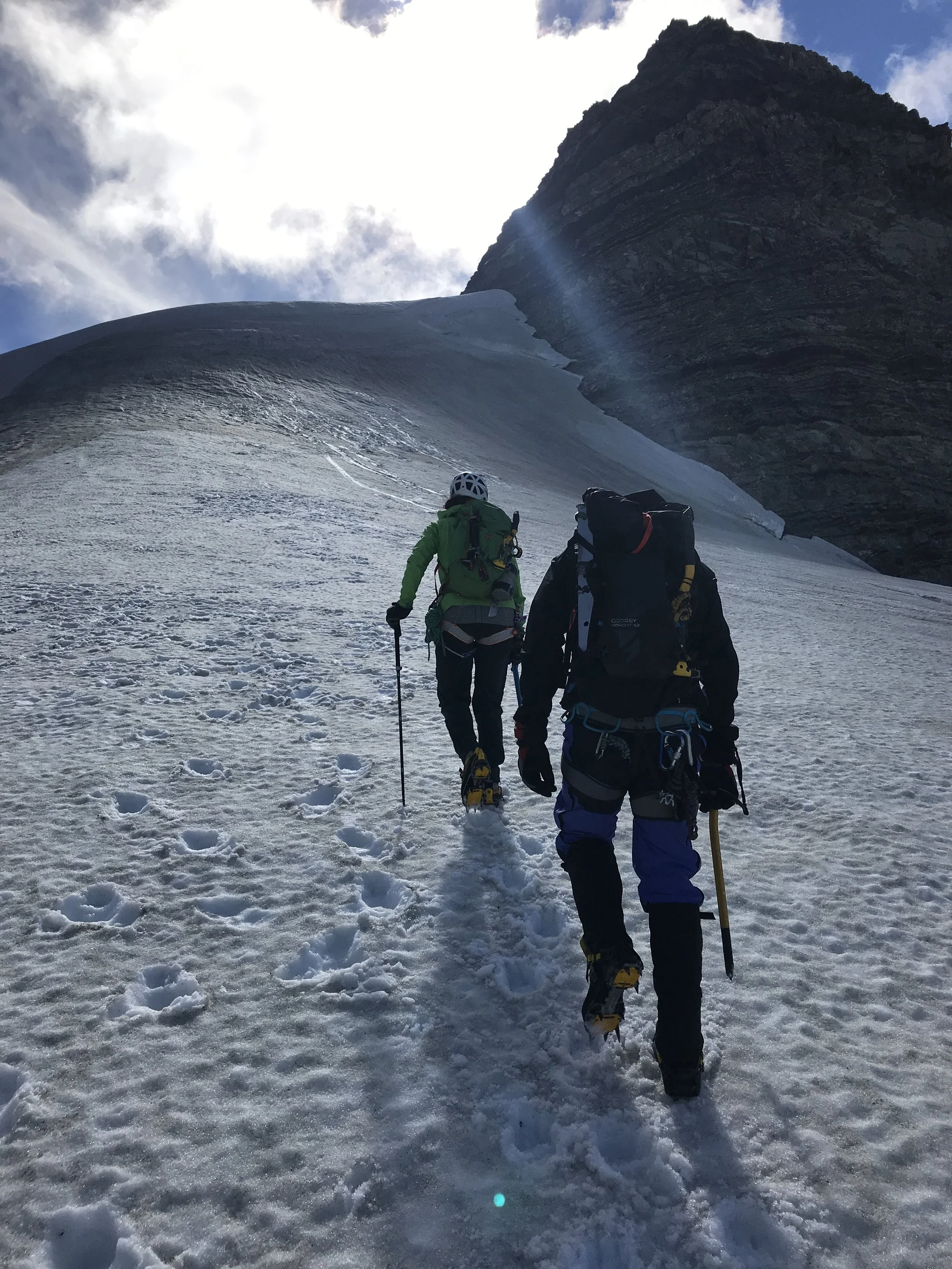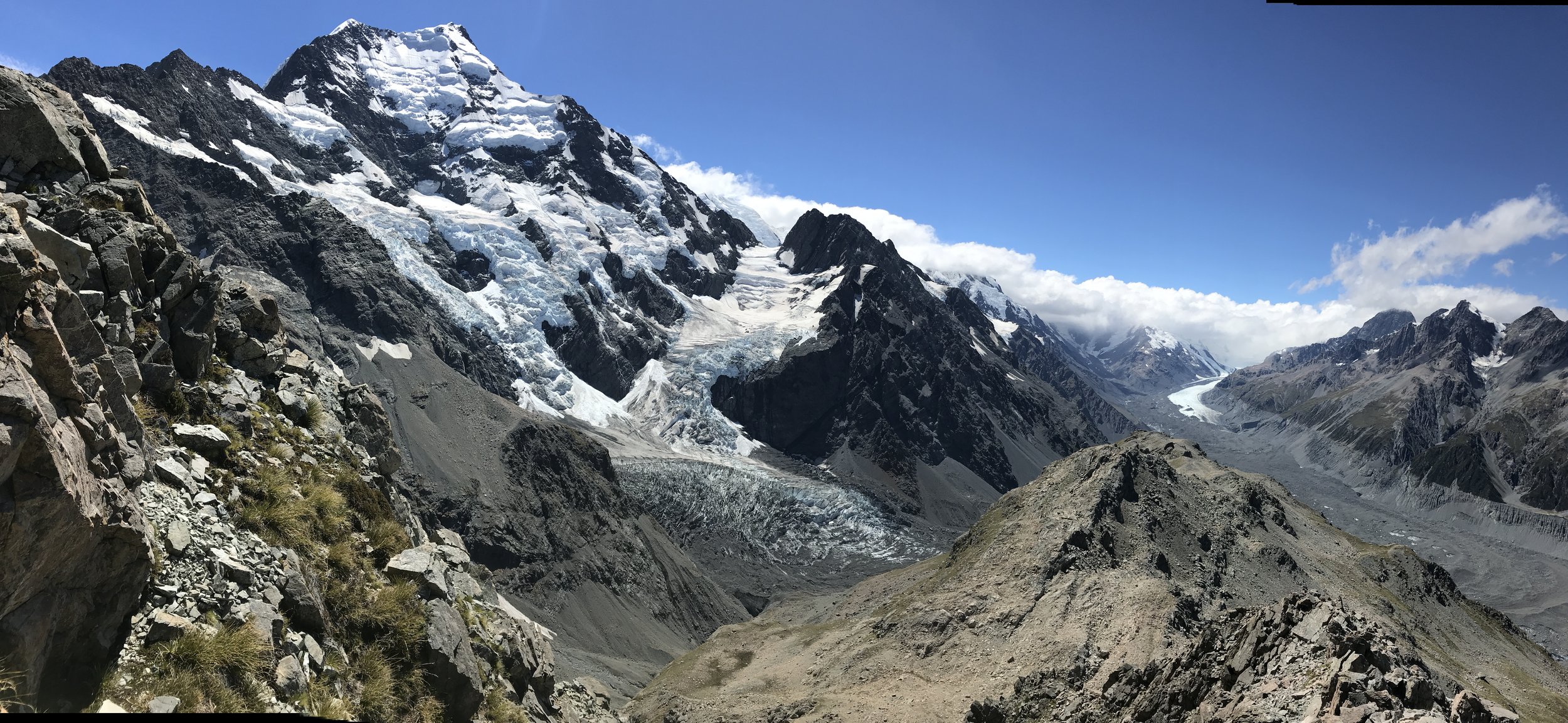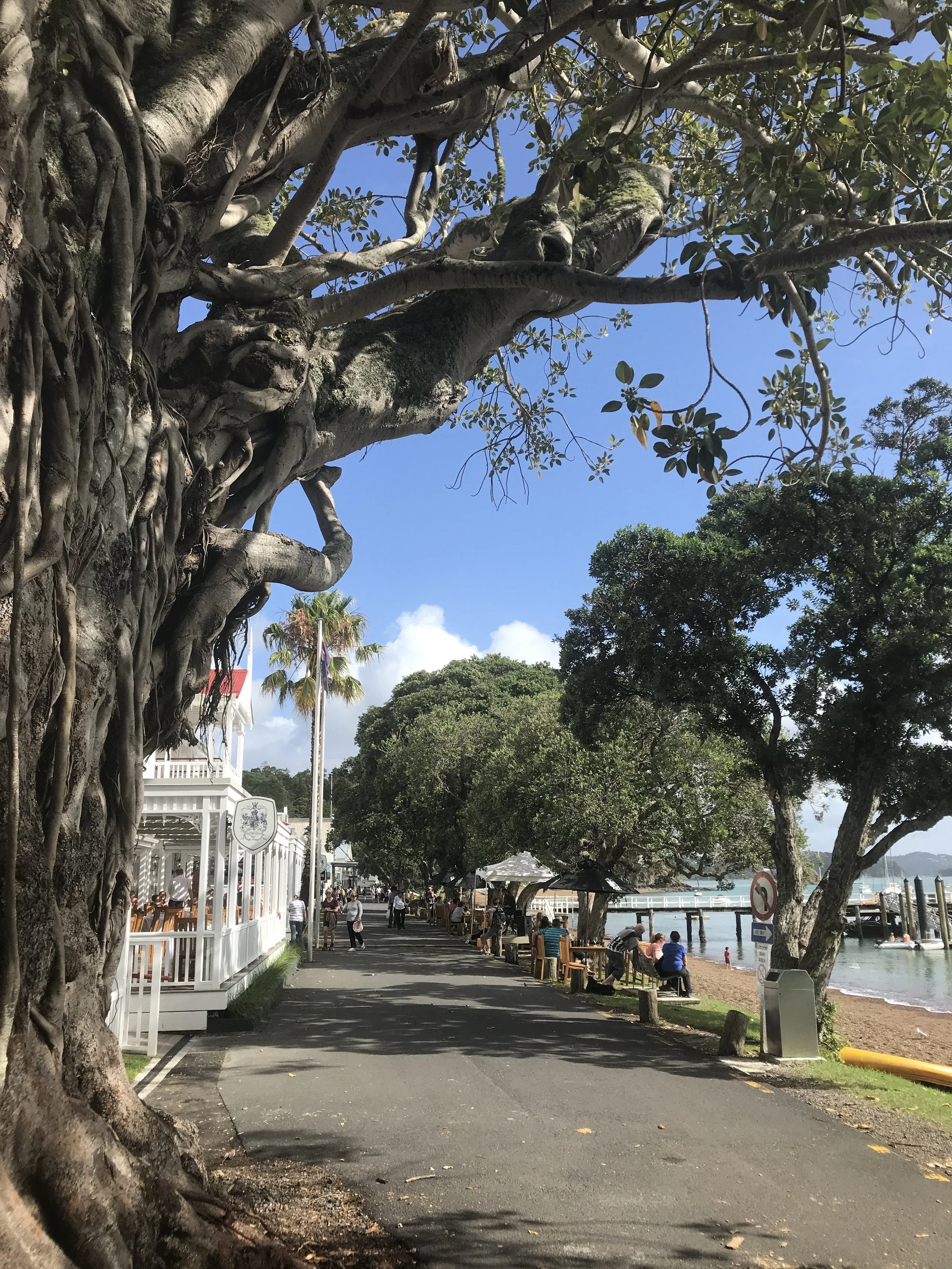Mountaineering - Lessons in focus, decision-making and fun (Part 2)
The absence of rules, regulations or direction in the alpine is literally and figuratively a “breath of fresh air”. The mind of the modern person is overly reliant on signals and structures in the environment that allow it to disengage - traffic lights, train stations, railings, steps, signs. In fact, you don’t realize until you get to a remote environment how disengaged the mind is in today’s society. Most of the time people cross the street, take the bus, walk on the street, and even drive on autopilot. Well, try putting in any sign or any human-made structure in the alpine, and watch it be completely gone with no trace in a matter of hours or days. Even the alpine huts in New Zealand, which are reinforced and maintained to withstand rough conditions, have a limited lifespan. The mountain wipes the slate clean every time. It cannot be controlled by people and their rules. So climbers, much like children, have to retrain their brains to think like our cavemen forefathers - always aware of the environment, hearing everything, sensing, smelling, feeling and constantly making decisions about what they do next based on new information.
Brent overlooking Mt Cook
As a climber, you are reliant on yourself and your team to constantly evaluate different signals and to make decisions. The consequences are not always easy to undo and an occasional slip back into the habit of blindly following the default thinking can backfire. We saw this in action the evening we hiked out of the Caroline Hut back to the Unwin Lodge in the Mt Cook Village.
That day, there was no air traffic since the wind had picked up to gale force. Climbing down the ridge towards the Tasman Glacier, we were sometimes pinned to the rocks by winds exceeding 70 - 80 km / hr. The wind was blowing sand off of the ablation zone of the glacier and by time we started walking on the path by the moraine wall, I had sand in my hair, my eyes and my teeth. Even in these conditions, we came across a party of two parents and a young toddler, strapped on the mom’s back in a backpack that was obviously catching a lot of wind. The parents explained that they were going up, towards the Ball Pass. Elke informed them of the severe conditions ahead and urged them to turn around immediately.
Elke leading us down from Caroline Hut ahead of an approaching storm. The winds are picking up dust from the Tasman Glacier below
The dust storm is fully blown by the time we reach the path along the moraine wall
It was scary to think about what these people would have done had they not come across an experienced mountain guide with knowledge of the surroundings. They probably would have continued to justify their decision to hike that day until they got to a higher point, where the winds would have presented a much bigger danger to their survival. The fact that they had talked to some rangers at the Department of Conservation the day before (at a time when nobody knew how strong the winds were going to become) and had booked a place in the Ball Shelter and were following a man-made trail alongside the glacier lulled the parents’ brains into dangerous oblivion and caused them to discount obvious signs that they should turn around.
The same exact logic was followed by another couple, this one Kiwis in their 60’s, who set out for the Ball Glacier that same day we encountered the couple with the baby. Unfortunately for them, they set out from Hooker Valley and didn’t encounter a mountain guide like Elke who could have talked some sense into them. Later that night, after a day with no air traffic, we heard a chopper fly over the valley. I looked at the time - it was almost 9pm. It was unusual for helicopters to fly this late.
Being in the alpine takes you out of the comfort zone and security of relying on others for decision-making
The following morning the reason became clear. There was a friendly older lady who entered the Unwin Lodge living room hopping on a set of crutches, her leg in a cast. Turns out that the Kiwi couple had had to be rescued the night before and it was their rescue helicopter that we heard the evening before. They had set out in worsening weather and they had lost their way early on in the journey. At that point, if they had segmented their journey ahead of time, they would have seen that they weren’t going to make it to their shelter until dark, and hopefully that information would have given them a strong reason to turn around early enough. And they wouldn’t have put themselves into an ever worsening situation that would result in a rescue.
There were a lot of heuristic biases that resulted in what happened next. As the woman survivor told me after the rescue, she and her husband had been experienced trampers (hikers) for years. I didn’t ask if they had ever tramped in the Southern Alps, but given that the couple was from the North Island, it’s hard to say how well they knew the changeable conditions in New Zealand’s highest mountains.
In addition, they believed they had thoroughly researched the route. Moreover, they had relied on what they perceived to be the voice of authority, a “DOC hut warden”, who had said that the Ball pass was an “easy” hike. For the sake of clarity, I need to mention that DOC rangers are very different from DOC hut wardens - while the former are qualified and knowledgeable people whose job it is to keep visitors and the environment safe, DOC hut wardens are more of a mixed bag. Wardens are generally volunteers and while a lot of them are experienced and knowledgeable wilderness experts, some of them lack the experience. In fact, while we were staying at the Unwin, there was a very chatty American girl in her late 20’s who had just volunteered to be a warden at Mueller Hut for the week. While quite eager and friendly, she clearly lacked a lot of specialized knowledge of the park and the environment.
Bolstered by their experience as trampers and reliance on what they believed was “DOC authority”, the pair ignored a lot of early warning signs on their journey, including heavy rain and strong winds. As they persevered through the pass and came onto the Ball glacier and strapped on their crampons, they happened onto our tracks from the prior day. We had gone to various parts of the glacier, practicing self-arrest and glacier travel. We had walked to the point of the glacier that would normally connect to the rock route to the Caroline hut, per the map. However, warm temperatures and rains over the past few weeks had caused that route to get washed off to where it became a steep slope of scree (loose rocks), which was dangerous to cross. The guides in our company knew that since they cross that pass every week. Had the couple talked to someone who had done the crossing recently or inquired at the DOC office about the current conditions on the route, chances are they could have found out that the rock route had been cut off and they needed to go around.
However, the perceived safety in following someone else’s tracks here lulled them into thinking that they were following the right path. That is, until the woman punched through the snow crust with her boot, and just like me the previous day, landed in the glacial lake. Unlike her, however, I was lucky to regain my balance on time. The poor woman ended up breaking her foot and injuring her knee. At that point, it was past 5 pm and they were still many hours away from shelter, alone in a storm on the mountain glacier. That’s when they activated their PLB (personal locator beacon) - a device that people carry in the wilderness in New Zealand and that connects through satellite to rescue centers, broadcasting the location of the beacon.
Because of the high winds, the rescue helicopter wasn’t able to fly out until 9pm, which must have been terrifying for the couple - facing nightfall on a glacier, with an injury and not sure if their locator beacon worked. Thankfully the evening offered a small window of lower winds, which allowed the helicopter pilot to fly out in the nick of time. The couple were very lucky - the winds would pick up again shortly thereafter and no helicopters would fly for the next few days.
I felt like I had just lived through an example of what happens in the mountains if you stop looking at the information coming in through your eyes, ears and skin and instead rely on where other people may have gone or what other people may have said. I hope this example always keeps me and Brent on our toes as we progress with our journey of being in and enjoying the alpine.
I have to say that it was not all serious. There were plenty of fun and silly moments, especially when we were in camp - either in the hut or in our bivouac. We joked and played with the curious alpine parrots (Keas) and stared at the amazing scenery.
Lisa at the entrance of Caroline Hut
Lisa absailing under a double rainbow. Caroline Hut and the Tasman Glacier in the background.
We spent a nigh bivouacking near the Ball Glacier. A bevy is spending a night in the open, using a sleeping bag, a protective waterproof cover (a divvy bag) and cooking our meals on a portable stove. It also involves taking a lot of gear with you on the climb and being very strategic and selective when choosing a bivy spot - you want something sheltered, not exposed to where the wind is now (or will be overnight), and may involve stacking some rocks to build a protective wall around your sleeping area. The most critical part is choosing what to pack. Packing for a bivy is a proper exercise in decision-making. You don’t want to take anything you can do without to save on weight, and at the same time you don’t want to forget something that will ruin your trip (like matches or headlamp batteries).
Our bivy spot under Mt Cook
Our bivy efforts were rewarded by the most remarkable sky at night. We bivied during a new moon, which combined with a cloud-less sky meant that we had a perfect starry sky. I spent at least an hour in the middle of the night staring at the bright milky way and the Southern Cross, which would move across the sky with the passage of time. Staring at the universe in the cold and silent night under the shadow of Mount Cook will remain as one my life’s most memorable moments.












